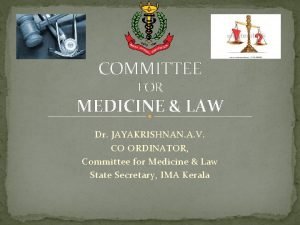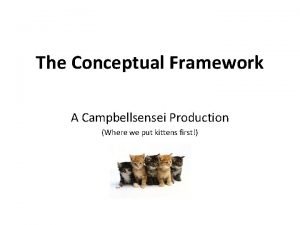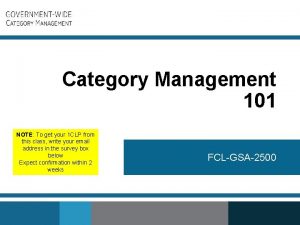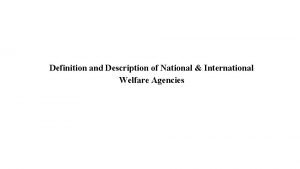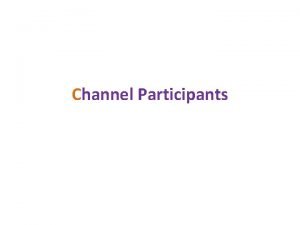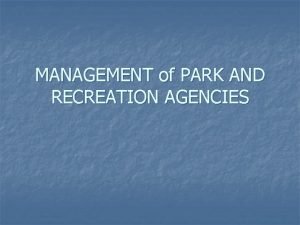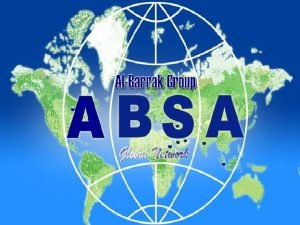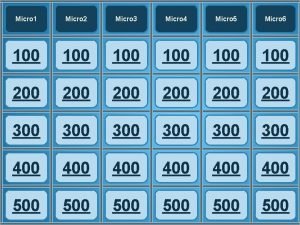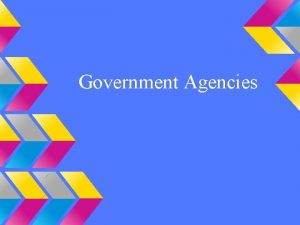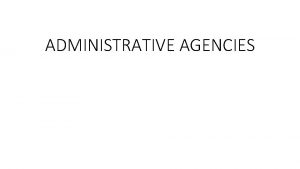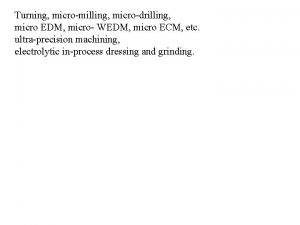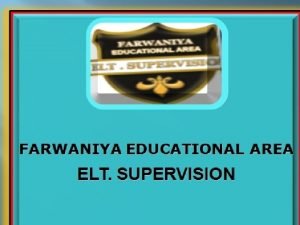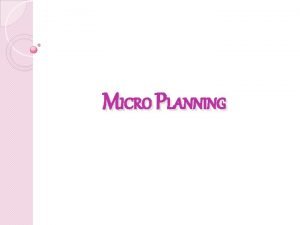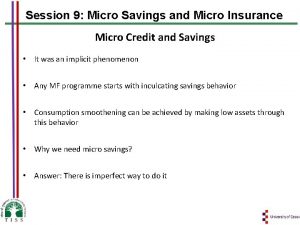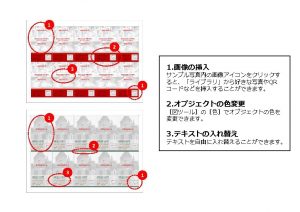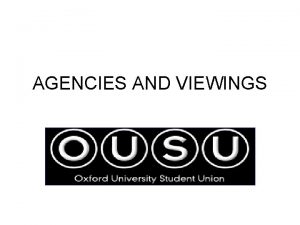MICRO CREDIT AGENCIES INTRODUCTIONWHAT ARE MICRO CREDIT AGENCIES

















- Slides: 17

MICRO CREDIT AGENCIES

INTRODUCTION-WHAT ARE MICRO CREDIT AGENCIES? Provision of broad range of financial services such as deposits, loans, payment services to the poor. The principles of micro finance are founded on the philosophy of cooperation and central values of equality and mutual help. Basically lend small sums of money without collateral to the poor, who have an entrepreneurial spirit. Meant for people who can’t have access to conventional loans by commercial banks. Tool to fight against poverty.

WHY MICRO-CREDIT AGENCIES?

NEED FOR MICRO FINANCE IN INDIA About 87 percent of the poorest households in India do not have access to credit. India is said to be the home of one third of the world’s poor ; official estimates range from 26 to 50 percent of the more than one billion. The demand for micro credit has been estimated at $30 billion; the supply is less than $2. 2 billion combined by all involved in the sector. Micro finance has been present in India in one form or another since 1970 s and is now widely accepted as an effective poverty alleviation strategy.

WHAT MICRO-CREDIT AGENCIES DO? Reduces poverty. Increases the income level of the poor. Empowerment of women. Promote gender equality. Generate self-employment opportunities. Increase in the saving pattern of rural people.

TYPES OF ORGANIZATIONS Micro-finance providers in India can be classified into 3: Formal-The formal banking sector including 105 commercial banks, 82 Regional Rural banks, 12128 Co-operative banks. Semi-formal: Micro finance institutions(MFIs) and Self Help Groups (SHGs) Informal : Non legal entities and money lenders

SELF HELP GROUPS(SHGs) A homogenous group of about 15 -20. Every member to save a small amount regularly. Pooled savings kept in a savings bank account in SHGs name. Transaction cost of both poor and bank are reduced. SHG to use pooled thrift to give interest bearing loans to members. Decisions are taken in group meetings. Every member learns prioritisation and financial discipline. Depending on SHGs maturity bank gives loans to SHGs as a multiple of the pooled savings.

CHALLENGES TO SHGs The main challenges facing the SHG - Bank linkage model are: The pace of expansion of the program. The limited number of NGOs in regions where the program has not picked up. The cost of promotion of NGO being high. Bringing the SHGs to the banking main stream. Overloading of SHG with multiple agenda, particularly Government sponsored programs.

MICRO-FINANCE INSTITUTIONS(MFIs) Organisations that offer micro-finance services and products to the poor. They include : Savings and credit co-operatives, NGOs, programs established by international organisations and micro-finance banks. MFIs accesses financial resources from mainstream financial institutions and provide financial support to the poor. Offers services like loans, savings accounts and insurance. Provides non-financial services like training and education or specific programmes to combat local issues.

DRAWBACKS OF MICROFINANCE Failure of women headed enterprises. Inability to reach the poorest of the poor. Absence of training programmes. Sole dependency on Micro-credit. Illiteracy among the rural poor leading to defective utilisation of funds. Lack of transparency of the system.

MICRO-CREDIT AND WOMEN EMPOWERMENT Women used this system to come out and join main stream activity in the village. Used this space to come out of their traditional roles into a more ‘proactive’ male space. There are instances where gender and caste subordination was questioned. Mobilisation of capital by women was made possible. Acquired skills that enhanced their economic, social and political power.

GRAMEEN BANK-BANKING FOR THE POOR A successful example for provision of micro credit services to the poor. Founded by Muhammad Yunus in 1983 in Bangladesh. Founded on the principle that loans are better than charity to interrupt poverty. In 2006, the bank and the founder, Muhammad Yunus were jointly awarded the Nobel Peace Price. Works with an objective to promote financial independence among the poor.

NABARD AND MICRO-FINANCE

SIDBI AND MICRO-CREDIT SIDBI Foundation for Micro Credit(SFMC) was launched in January 1999 as a part of Micro Credit Scheme. SFMCs mission is to create a national network of strong, viable and sustainable MFIs to provide micro finance services to the economically disadvantaged people especially women. Lays down Code Of Conduct Assessments(COCA) for MFIs Regulates the activities of various MFIs and rates them.

CURRENT SCENARIO IN INDIA The Indian micro finance sector has been rated as one of the fastest growing sectors in the world. There are more than 1, 000 MFIs operating in India. MFIs have reached 234 of the 331 poorest districts identified by the government. MFIs cater to over 55 million people in India, with 90% of them being women.

RBI NOD TO MICRO FINANCE INSTITUTIONS TO SET UP BANKS RBI on Wednesday , 18 September 2015 inprinciple granted licences to 10 applicants to set up small banks from a total of 72 applicants. The applicants selected are micro finance institutions with a clear and credible track record. These banks will undertake the basic banking activities of accepting of deposits and lending to unserved and underserved sections. The recent move by RBI shows the importance of micro finance institutions in the country.

BIBLIOGRAPHY www. nabard. org Wikipedia www. microfinanceinfo. com www. microworld. org National Micro Finance Conclave
 Antigentest åre
Antigentest åre This can be avoided by giving credit where credit is due.
This can be avoided by giving credit where credit is due. Consumer disputes redressal agencies
Consumer disputes redressal agencies Voluntary health agencies functions
Voluntary health agencies functions Conceptual framework of the four agencies in the art world
Conceptual framework of the four agencies in the art world Category management 101
Category management 101 Plrd grading criteria
Plrd grading criteria Advertising agencies definition
Advertising agencies definition International welfare agencies
International welfare agencies International health agencies
International health agencies National institute for food and drug surveillance
National institute for food and drug surveillance Specialized channel participants
Specialized channel participants Management of park and recreation agencies
Management of park and recreation agencies Al barrak shipping agencies jeddah
Al barrak shipping agencies jeddah The new deal an alphabet soup of agencies
The new deal an alphabet soup of agencies Regulatory agencies
Regulatory agencies Branding agency hawaii
Branding agency hawaii Chapter 22 regulatory and advisory agencies
Chapter 22 regulatory and advisory agencies


